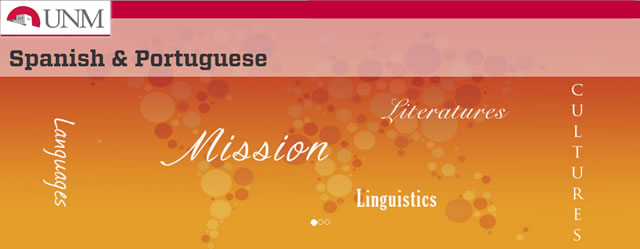
Spanish and Portuguese ETDs
Publication Date
6-9-2016
Abstract
While sociolinguistics outreach projects have been created with native-English-speaking students in mind (Reaser, 2006; Sweetland, 2006; Wheeler & Swords, 2006), a language awareness program has yet to be created and implemented for English Language Learners. To meet this need, eighteen Sociolinguistic Awareness lessons were designed, implemented, and evaluated for Spanish-English bilingual 5th graders enrolled in a Dual Language program (N = 24) in the Southwest U.S. The Language Variation and Style-Shifting curriculum was assessed through 1) pretest and posttest language surveys; 2) conversational interviews with select participants before and after the lessons were taught; and 3) field notes collected by the researcher immediately after each lesson was taught. Treatment students results on the language surveys and conversational interviews are compared with those of a Control group (N = 16), students enrolled in an English-only classroom, who did not participate in the lessons. Results show that Treatment students increased their scores on eight out of ten SOCIOLINGUISTIC KNOWLEDGE survey items, and six out of ten LANGUAGE ATTITUDES survey items. A statistically significant difference between the mean scores of the Treatment and the Control students in SOCIOLINGUISTIC KNOWLEDGE on all four survey administrations (p = < 0.0005) indicates that students enrolled in Dual Language classrooms are more sociolinguistically knowledgeable than peers enrolled in English-only classrooms. Treatment boys and girls increased in SOCIOLINGUISTIC KNOWLEDGE scores over time, while Control boys and girls decreased in SOCIOLINGUISTIC KNOWLEDGE scores over time. Treatment and Control students had near identical LANGUAGE ATTITUDES scores at the start of the study, indicating that bilingual students have many of the same negative language attitudes as monolingual peers, despite higher sociolinguistic knowledge. Over time, Control students showed decreasing LANGUAGE ATTITUDES scores while Treatment students' scores plateaued. Analysis by gender shows that the curriculum was more effective at improving Treatment girls' LANGUAGE ATTITUDES scores than boys'. This study provides evidence for the effectiveness of a Sociolinguistic Awareness curriculum for 5th graders, although more must be done to improve language attitudes of boys. All students deserve a linguistically-informed education, which can improve academic achievement, decrease instances of bullying, and improve educational equity.
Degree Name
Spanish & Portuguese (PhD)
Level of Degree
Doctoral
Department Name
Spanish and Portuguese
First Committee Member (Chair)
Lapidus Shin, Naomi
Second Committee Member
Sykes, Julie
Third Committee Member
Trinidad Galván, Ruth
Fourth Committee Member
Reaser, Jeffrey
Sponsors
Graduate and Professional Student Association of the University of New Mexico
Language
English
Keywords
sociolinguistics, language awareness, bilingual education
Document Type
Dissertation
Recommended Citation
Hudgens Henderson, Mary. "Sociolinguistics for kids: A curriculum for bilingual students." (2016). https://digitalrepository.unm.edu/span_etds/23
